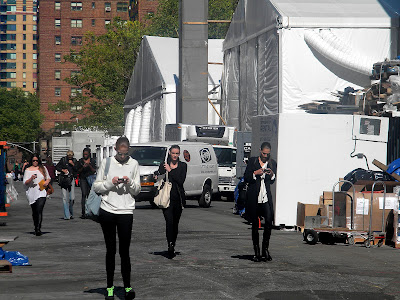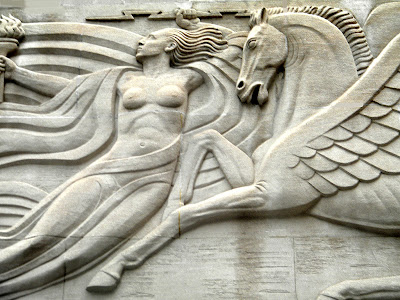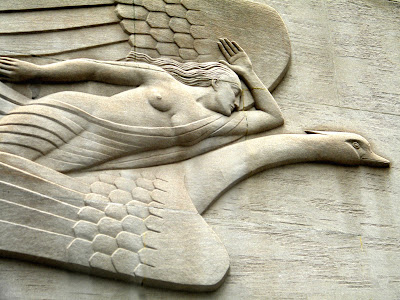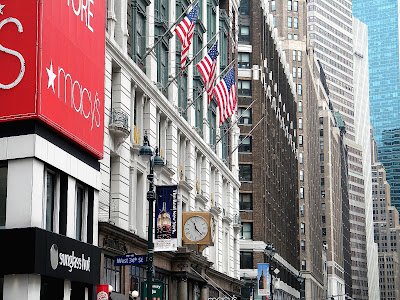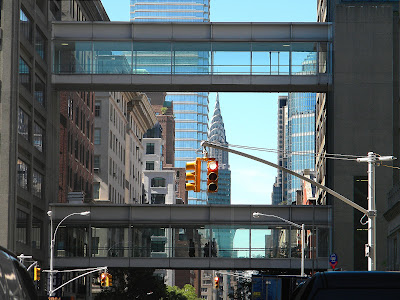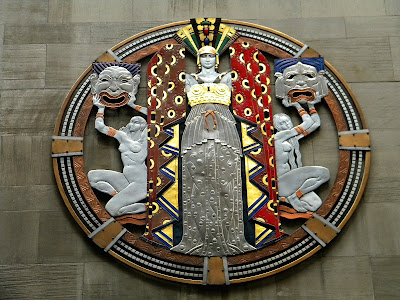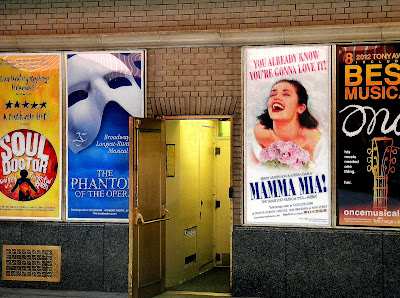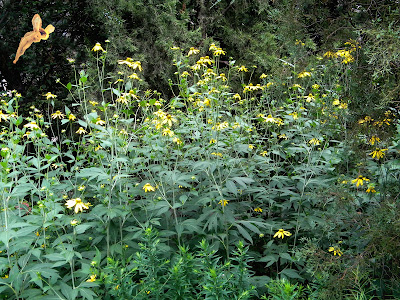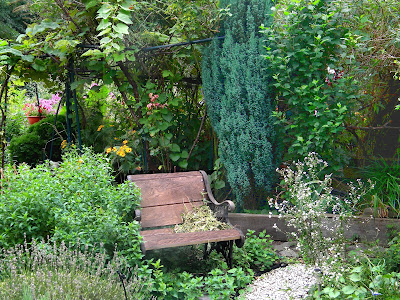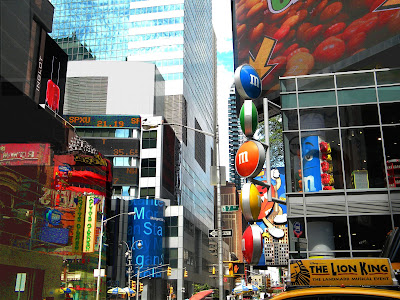
I woke up at 4:30 this morning and couldn't get back to sleep. So I made a super rough Photoshop mockup of the parlor and tested different rugs in it. The things in this room I actually own: the loveseat, light fixture (though it's not hung yet), curtains, and chairs (though they're not reupholstered to look like this yet). I'm on a blue kick, and I love bold graphics. A navy rug? But which one?
Above: it's loony and I love it! This rug has little orange squares in it which tie in with the orange womb chair in the adjoining living room! If we leave the pocket doors open and you stand in just the right place, you'd be able to see them both at once. But I think I'm too chicken to buy this one, and I wouldn't want the eyeballs of visitors to pop out of their sockets.

Or take it down 6 notches and go with asymmetrical rectangles. By the way, I always first type "asymmetrical" with two s's and then it looks like ass and I realize something is wrong. (Just an aside. Or asside.) This rug is navy with a pale gray background like the walls.

Maybe stripes? A bold move. Navy and ivory.

Royal blue instead of navy, in a chevron.
What to do, friends?
 Have you seen the witty
Have you seen the witty 
 Guys! Look at the latest addition to our house: a roman shade made by Rachel Epperson, owner of
Guys! Look at the latest addition to our house: a roman shade made by Rachel Epperson, owner of  The fabric is by
The fabric is by 







